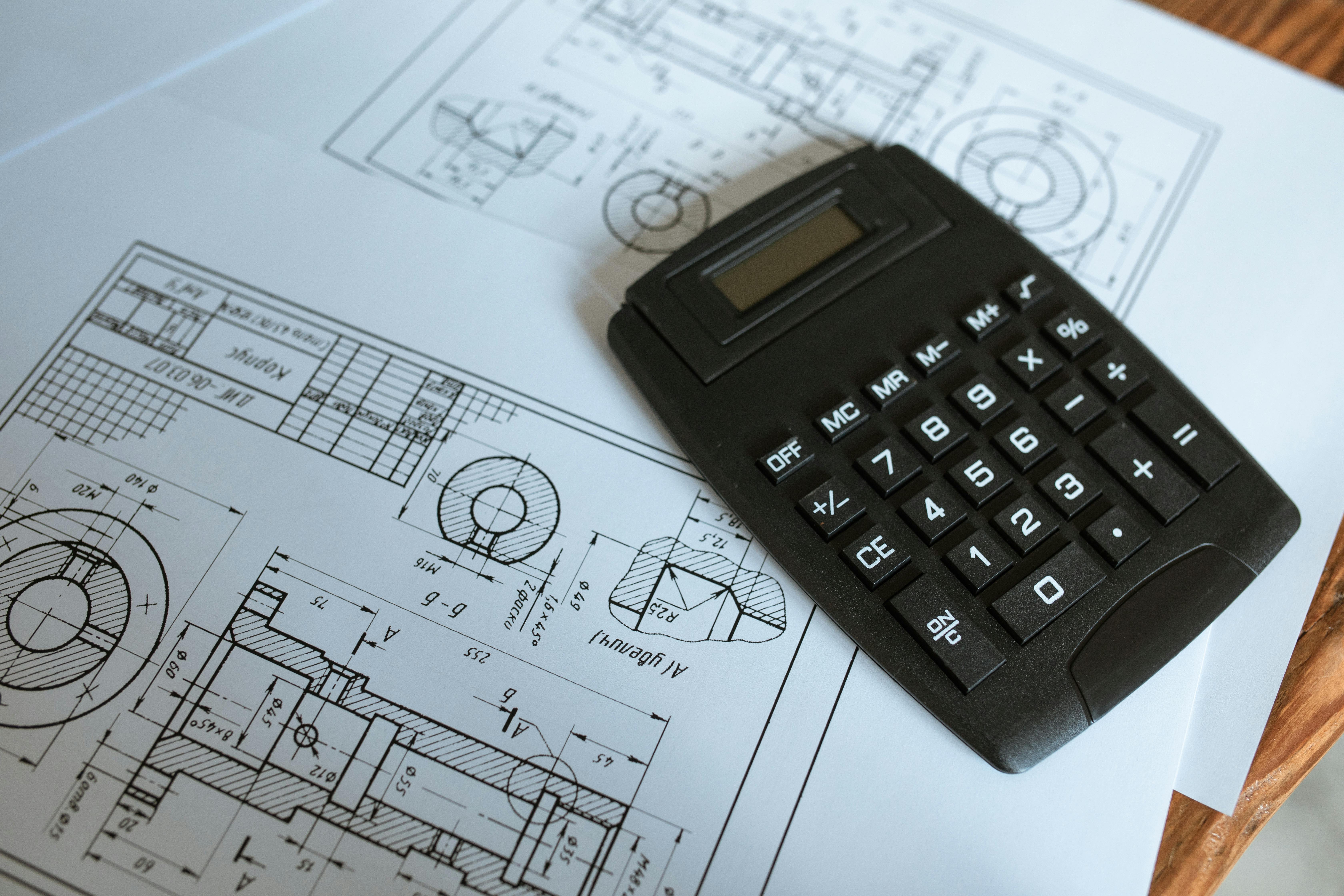
Ceramic Tile Installation Tricks
Ceramic tile installation is much the same whether your project is a floor, walls, or countertop. Get the basic ceramic tile installation right and you will be able to do most projects successfully. Let’s start with what you need for any mosaic project.
1.Tools
Gather your mosaic tools first. These are the basic tools, many of which you already have. This is what you need:
- 5 gallon plastic buckets,
- ceramic tile pliers,
- tile cutting board,
- hammer,
- screwdriver,
- notched trowel,
- Margin Trowell,
- chalk line,
- pencils,
- tri square,
- spacers,
- Measuring tape,
- Level,
- tile sponge,
- Tile saw.
You sure need tile nippers. A tile cutting board is then used to make clean, straight cuts. A tile saw can make all the necessary cuts. You can start with a cheap little saw and upgrade later.
2. A solid foundation
Many types of surfaces will work as a base, but the mounting surface must be solid. Old linoleum will work. Old tile will work. Concrete will work. But the best surface is usually cement board, Hardibacker board. It is rigid and the adhesive adheres perfectly.
3. The right adhesive
Professionals use a wettable powder called thinset which is a masonry product. You can also use an adhesive premixed with latex. To mix wettable powder, get a paint stirrer to use with your portable drill.
4. Be careful with the spacing
In order for it to look great, the tile needs to be laid evenly with consistent spacing. Mark the chalk lines as guide lines and then carefully keep the spacing between the tiles constant. Your tile suppliers stock plastic spacers that keep the spaces between the tiles even. Use them until you can observe the space and make it consistent. Part of the fun of laying tiles is keeping them straight and level, even though the size of the tiles will vary a bit from tile to tile.
5. Correct grout
After the tiles are set and dried in place, fill the gaps with grout. The grout may or may not contain sand. The use of sanded grout depends in part on the size of the spaces between the tiles. Grouts often contain latex additives to improve performance. Sometimes installers choose epoxy grout for use in kitchens and bathrooms. Epoxy grout is waterproof and stain resistant.